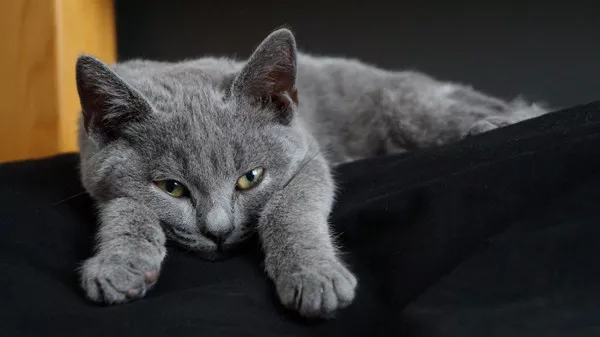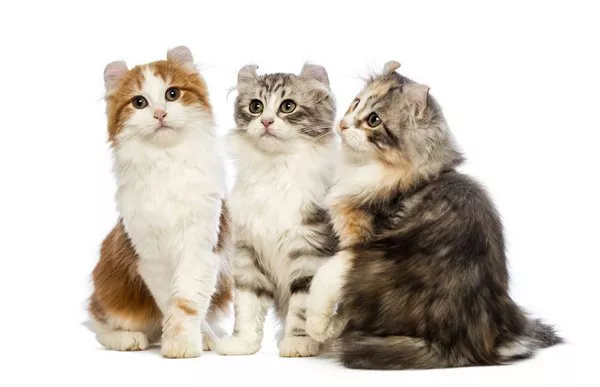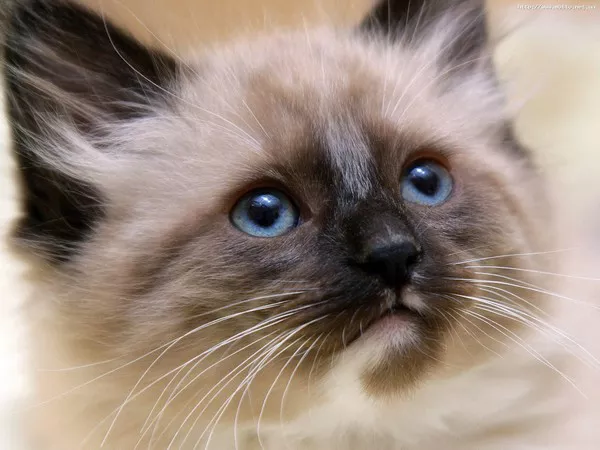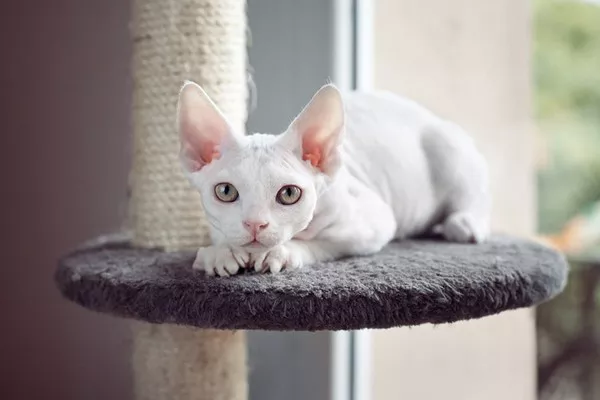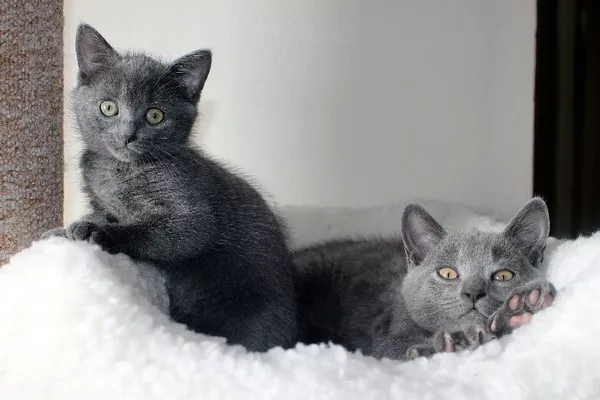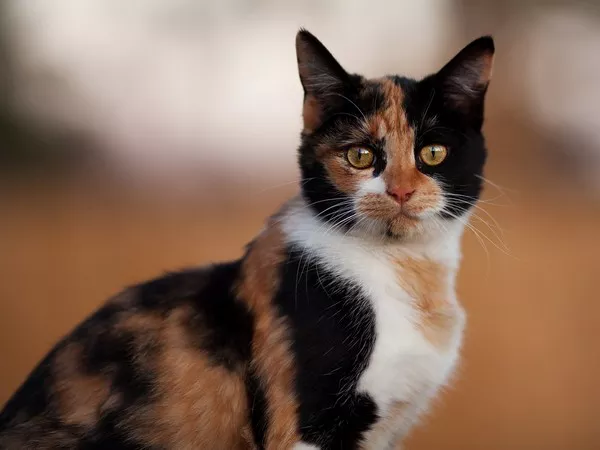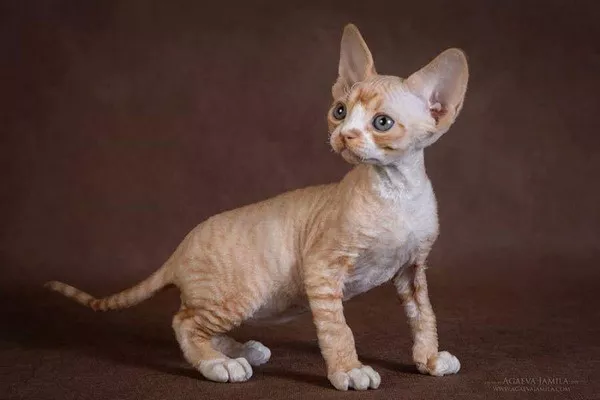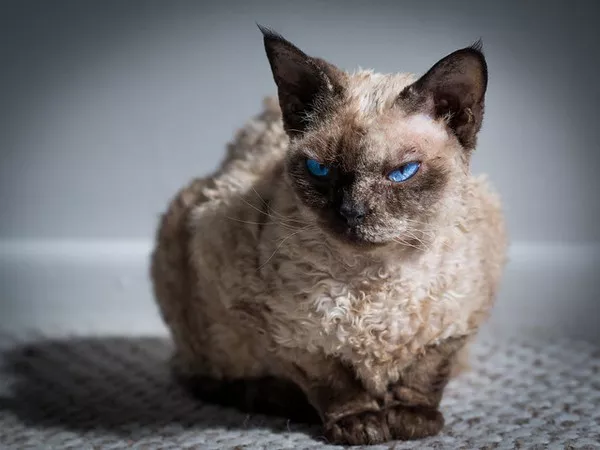The Chartreux, a breed renowned for its robust health, calm demeanor, and striking blue-gray coat, holds a singular position in the world of felines. This breed is unique not only in its physical and temperamental characteristics but also in its surprisingly uniform breed standards, which have remained largely unchanged for centuries. Unlike many other cat breeds that showcase a variety of colors, patterns, and even physical structures across different types, the Chartreux is celebrated for its consistency and simplicity. This article delves deep into the characteristics of the Chartreux, exploring why it’s considered to be one of the most homogenously bred cat varieties and what makes this singular breed type stand out in the diverse world of cats.
Chartreux Cat
The Chartreux is an old French breed known for its woolly blue coat, orange- or copper-colored eyes, and a quiet, observant nature. Often described as “potato on toothpicks” due to its robust body and slender limbs, the Chartreux enjoys a storied history that intertwines with French culture and folklore. The breed’s exact origins are shrouded in mystery, but they are often thought to have been companions to the Carthusian monks of France, lending the breed its name.
Historical Background of the Chartreux
To understand the Chartreux is to delve into its rich history, which is as dense as its plush coat. Historical references to these blue cats date back to the 16th century in France, where they were valued not only as pets but also as skilled hunters of rodents. Despite their utilitarian roots, Chartreux cats have been featured in French literature and art, symbolizing elegance and domestic tranquility.
During World War II, the breed nearly faced extinction, but dedicated breeding efforts in post-war Europe helped to preserve and stabilize the breed. These efforts solidified the breed’s characteristics, leading to the standardized type known today.
Understanding the Chartreux’s Uniform Breed Standard
Unlike other cat breeds that may exhibit a wide range of colors, patterns, and body types, the Chartreux is defined by a very specific and uniform breed standard. The International Cat Association (TICA), the Cat Fanciers’ Association (CFA), and Fédération Internationale Féline (FIFe) all recognize this breed as having the following distinctive traits:
Coat and Color: The dense, medium-length coat is uniformly blue-gray throughout, with a slightly woolly texture. This single coloration is one of the hallmarks of the breed.
Body Structure: The Chartreux features a robust, muscular body with a broad chest and a distinctive rectangular shape. The breed’s physical structure is powerful yet agile.
Head and Facial Features: A rounded, broad head with full cheeks and a straight nose characterizes the Chartreux. Its eyes are one of its most expressive features—round and open, ranging in color from gold to copper.
Temperament: Known for its quiet nature, the Chartreux often communicates with chirps and trills rather than typical meows. They are affectionate, adaptable, and make excellent companions.
The Genetic Stability of the Chartreux
The genetic stability of the Chartreux, which has led to its uniform appearance and behavior, is a result of both natural selection and intentional breeding practices. Unlike breeds that have been developed through the introduction of various genetic traits for aesthetic diversity, the Chartreux breeders have historically focused on maintaining the breed’s traditional qualities. This selective breeding has ensured that the essential characteristics of the Chartreux remain intact.
Health and Longevity of the Chartreux
The Chartreux is known for its generally robust health. This can be attributed to the breed’s long history of natural selection and the careful breeding practices that have minimized the proliferation of hereditary diseases. Commonly, the breed is known to live well into its teens, often surpassing the average lifespan of many other cat breeds. Regular veterinary care and a healthy lifestyle are, of course, also key factors in the longevity of any cat breed.
Cultural Impact and Modern Popularity
In modern times, the Chartreux has not only continued to be a beloved pet in homes across the world but has also maintained a somewhat mythical status in its native France. The breed’s quiet demeanor and plush coat have made it a sought-after companion for those seeking a low-maintenance yet affectionate pet.
Conservation Efforts and Ethical Breeding
As with any breed with a narrow genetic pool, the conservation of the Chartreux involves ethical breeding practices that emphasize health, temperament, and the maintenance of breed standards. Breeder associations around the world are committed to upholding these standards to ensure the health and vitality of the breed for future generations.
Conclusion: Celebrating the Singularity of the Chartreux
The Chartreux stands out in the cat world not for its variety but for its remarkable consistency and the purity of its lineage. This has not only made the breed easy to recognize but also helped preserve its historical legacy and enhance its popularity. By maintaining such a consistent breed standard, the Chartreux serves as a testament to the beauty and allure of simplicity. For cat lovers and breeders alike, the Chartreux represents not just a pet but a living piece of history, combining robust health, a gentle temperament, and an elegant appearance into a single, unique breed type that continues to captivate and charm people around the globe.

